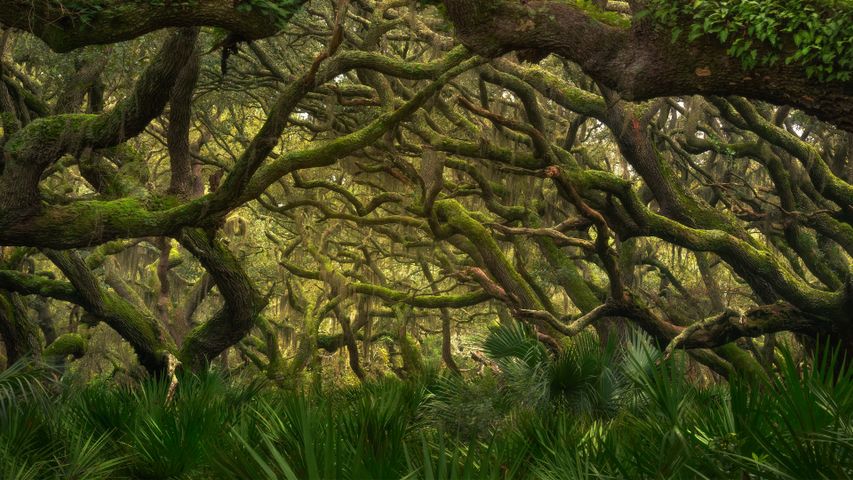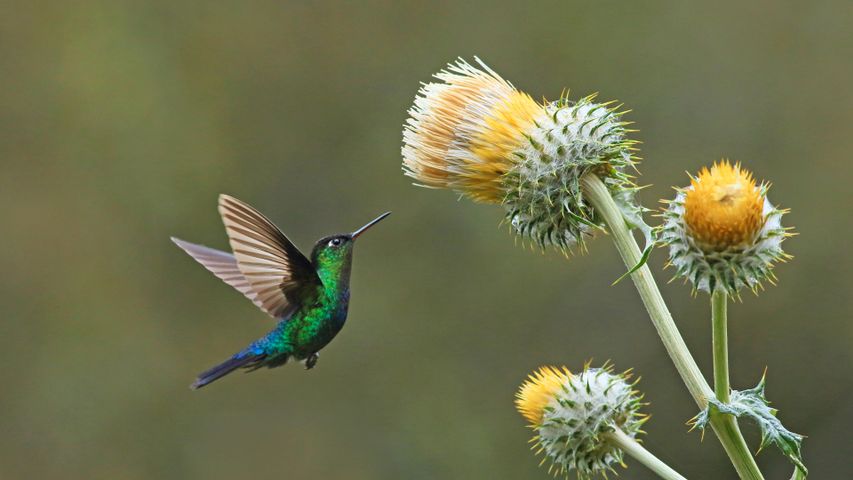Balsamroot wildflowers bloom below the Teton Mountains in Grand Teton National Park, Wyoming
© Mike Cavaroc/Tandem Stills + Motio
A grand view. Grand Teton National Park
These arrowleaf balsamroot wildflowers, commonly known as Oregon sunflowers, have a grand view of the Grand Tetons from the valley below the towering range. The region's harsh weather means that only the hardiest of wildflowers can survive, and the bright yellow arrowleaves fit the bill. The plants are drought-tolerant, impervious to winter, tenacious against trampling, and even fire-resistant, with a taproot that regenerates leaves and flowers after the top has burned.
Located in northwestern Wyoming, Grand Teton National Park's northern border is just 10 miles from Yellowstone National Park. Those two magnificent parks, along with several surrounding national forests and wildlife refuges, together help constitute the almost 18-million-acre (28,000-square-mile) Greater Yellowstone Ecosystem, one of the world's largest intact mid-latitude temperate ecosystems.
Here at Grand Teton National Park, there's something for every lover of the outdoors. It's a popular destination for mountaineering, hiking, fishing, and camping, with more than 1,000 drive-in campsites and over 200 miles of hiking trails that provide access to the backcountry. With all it has to offer, including its proximity to so many other spectacular places, Grand Teton is one of the 10 most popular national parks in the United States.
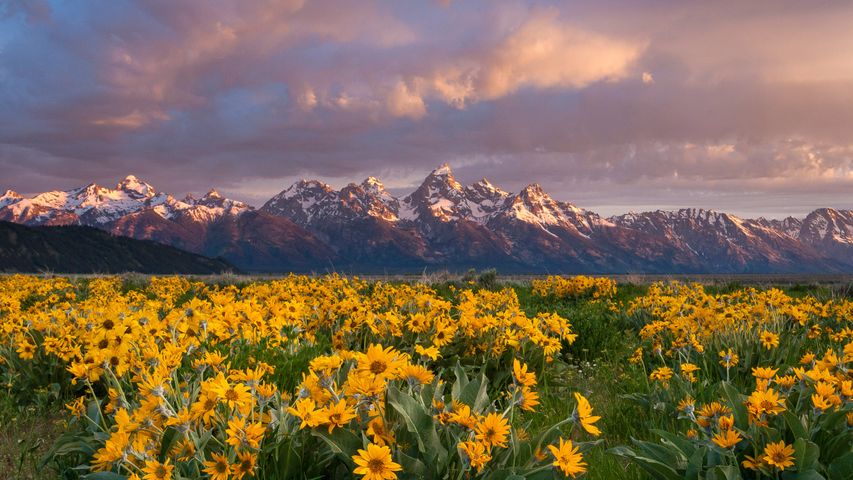
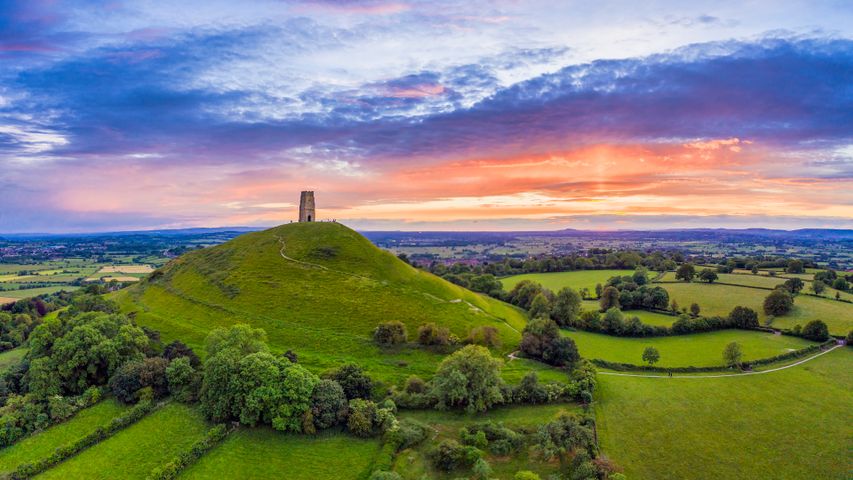 St. Michael's Church Tower on Glastonbury Tor, Glastonbury, Somerset, England
St. Michael's Church Tower on Glastonbury Tor, Glastonbury, Somerset, England
 Chisos Mountains, Big Bend National Park, Texas
Chisos Mountains, Big Bend National Park, Texas
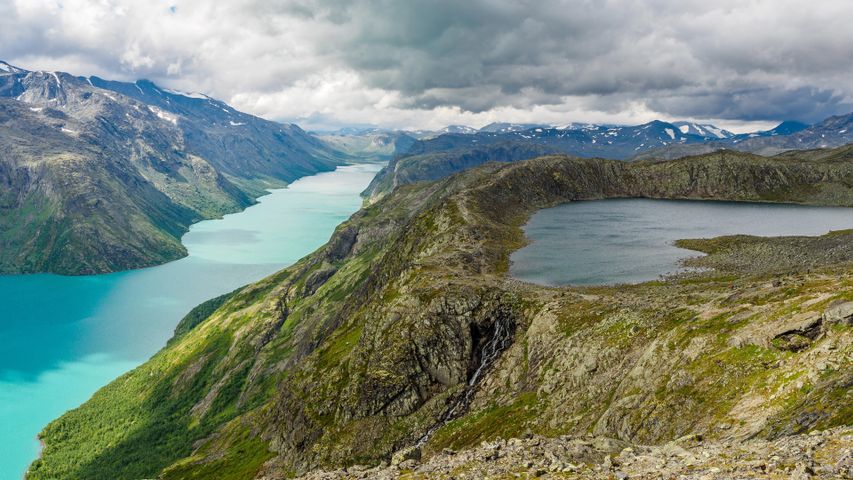 Jotunheimen National Park in Norway
Jotunheimen National Park in Norway
 Torres del Paine National Park, Patagonia, Chile
Torres del Paine National Park, Patagonia, Chile
 Zion National Park, Utah
Zion National Park, Utah
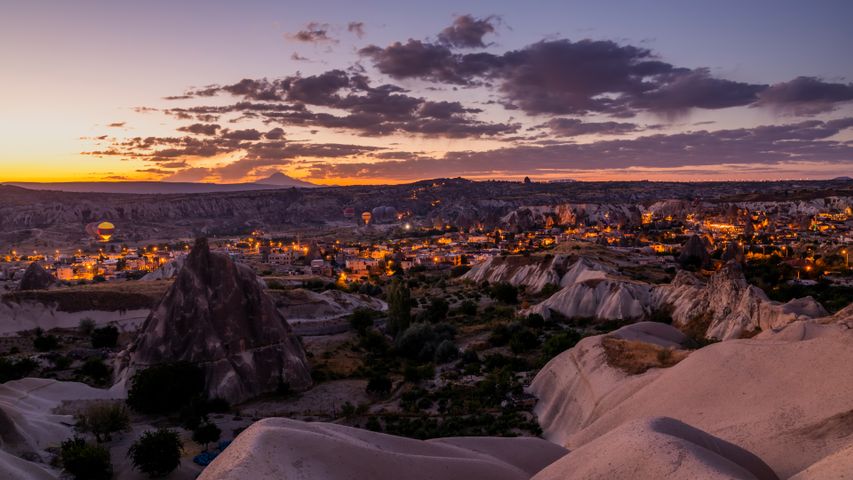 Hot air balloons over Göreme Historical National Park in Cappadocia, Türkiye
Hot air balloons over Göreme Historical National Park in Cappadocia, Türkiye
 Wat Tang Sai Temple in Ban Krut, Thailand
Wat Tang Sai Temple in Ban Krut, Thailand
 Superbloom in Carrizo Plain National Monument, California
Superbloom in Carrizo Plain National Monument, California
